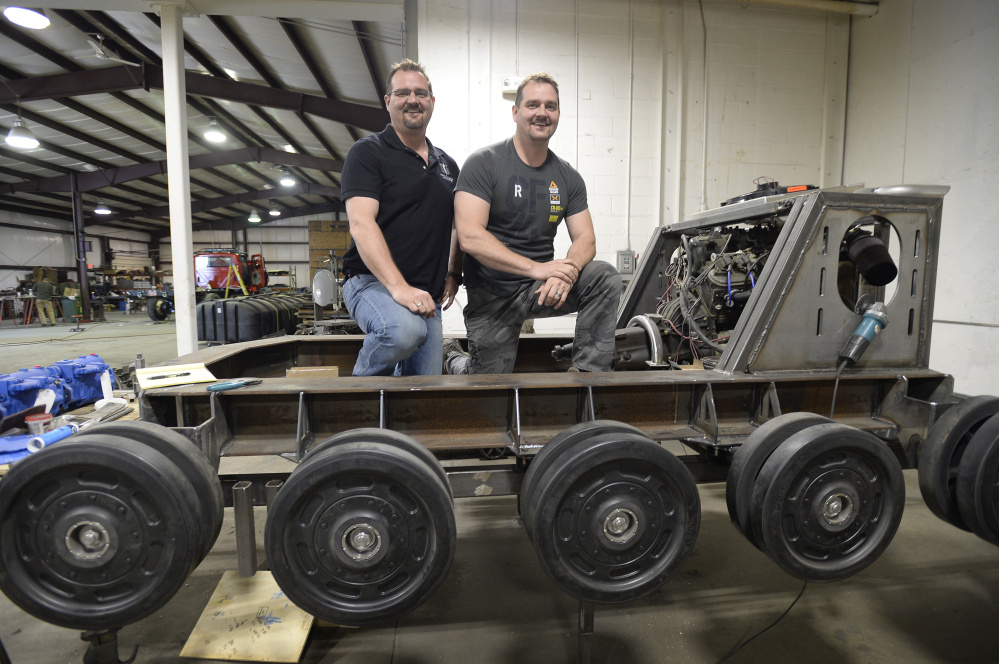When a multibillion-dollar corporation with thousands of employees turns its attention to Maine, we ought to listen.
No, Textron, a $14 billion Rhode Island-based defense contractor, doesn’t want to move any of its 35,000 employees here. Instead, they are buying Howe and Howe Technologies in Waterboro.
Known for creating advanced off-road vehicles that have appeared in the movie “Mad Max: Fury Road” and on their own Discovery Channel show “Black Ops Brothers,” Howe and Howe was started by two brothers who designed and built their first products at night while working other jobs.
Those products, like the Ripsaw, a remote-controlled tank that can take on difficult terrain, or a vehicle that can safely carry large numbers of soldiers and supplies, are now coveted for both their civilian and military applications.
The company, now 13 years old, has 50 employees, and the deal with Textron may lead to more hires and a new facility. It may even draw to the area the companies that supply Howe and Howe.
That is the arc of company growth that, repeated over and over again, stands the best chance of invigorating Maine’s economy. While it’s nice to dream that a large employer will pick Maine as its new headquarters, changing the trajectory of the state economy in one move, that’s not how growth usually works. Most job creation in the United States comes from new and young companies.
Many of those enterprises fail, but those that don’t boost growth as they realize their potential. They bring competition and innovation to the marketplace as well, providing momentum that is often missing from large companies, which put profits into stock buybacks and executive compensation more often than research and development.
There are Maine individuals and organizations that have realized this dynamic and are working to increase entrepreneurship and innovation across the state. But overall, Maine doesn’t put enough eggs in this basket — as of last year, the state was 37th in spending on research and development, which equals just 1 percent of the state economy when it should be around 3 percent.
That is a frustrating and scary statistic, especially given the sluggish job outlook in the state’s forecast — the Maine Department of Labor predicts net growth of fewer than 100 jobs statewide between 2016 and 2026.
The poor forecast has a lot to do with Maine’s old and aging population, which is shrinking the workforce.
But we are not doing ourselves any favors by failing to invest in innovation. There is good work being done around building computing skills among Maine students, but the effort doesn’t yet have the systemic support it needs. Questions 4 and 5 on the November ballot include investments in the skilled trades and engineering, but it’s only part of the solution.
If the economy is to grow, Maine needs to cultivate and support people with vision and energy. The state needs to build a workforce that can help make those entrepreneurs the next Howe brothers.
The economic saviors of the state won’t come over the Piscataqua River. It is likely they are already here.
Send questions/comments to the editors.


